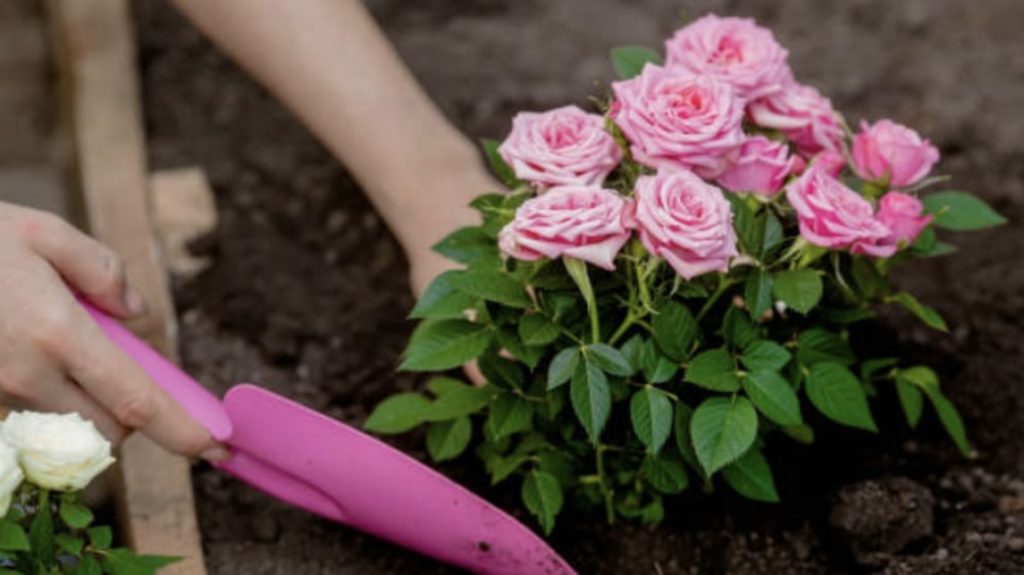Done all you could and yet your rose is wilting? You must be doing something wrong, or it may entirely be the florist’s fault.
Let’s now take a look at precisely why your newly bought rose is wilting. Learning them will allow you to remedy your wilting roses or prolong their lifespan for the next time.
1) Transplant Stress

Notice your rose limping soon after being repotted or transferred? Then, it may be experiencing transplant stress.
The reason for this could be that the rose plant can’t take in enough water and nutrients, it has dried out, or it has been planted wrongly.
After all, roots take time to establish in the soil. And the wilting leaves on the rose you see are to compensate for the lack of water being received.
2) Too Much Fertilizer
Applying too much fertilizer is a no-no in caring for roses as well as for any other flowers. This causes the flowers, leaves, and even stems to wilt, which can lead to their death—unless you do something about it.
So always follow the proper procedures for feeding plants. It’s different for each one according to their kind, preferences, and blooming season, and pre-researching their best care practices would greatly help.
3) Roses in Small Pots

Roses should be kept in a container that’s large enough for them. Ideally, you should use a pot for them that’s no smaller than 12 inches wide.
This way, the flowers can be optimally hydrated and nourished by the sun and water. In other words, they will not wilt since roses in small pots are faster to dry out under the sun.
4) Temperature Changes

Roses thrive in a certain temperature range and humidity level. That is, between 60 and 70 degrees Fahrenheit and about 60% to 70% humidity—warm and humid.
It follows from this, that you have to water your rose plant more often under hotter conditions. Failing to do this will cause them to dry and wilt.
But, just as a scorching climate isn’t good for your rose, so is cold, wintry weather, which happens when the temperature drops below 32 degrees Fahrenheit.
In this case, you have to take precautions to protect the plant during the winter.
One way to do this is to put canes around the flower or rose bush which acts as an enclosure, fasten them with twine, wrap them in burlap and evergreen boughs, and form a mound of about 6 to 8 inches around the plant’s base.
5) Sandy Soil
A less obvious suspect of wilting flowers is having sandy soil. Sandy soil is light, warm, and dry and contains more sand than clay in its volume.
Because sandy soil has large particles, it can retain very little water. Thus, when you water the plant, it will just go on to drain easily as opposed to other types of soil such as silt, clay, and loam.
As a result, the plant won’t be able to take up enough water and essential nutrients through their roots from the soil. And therefore, this will make the rose leaves fall or wilt prematurely.




